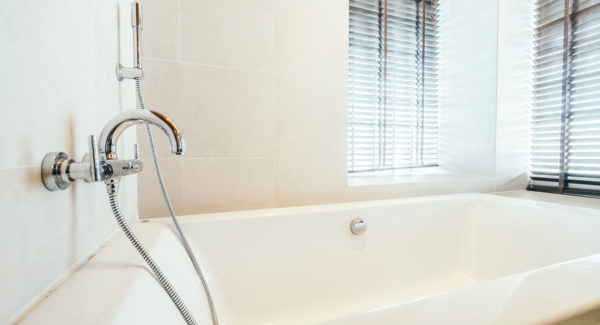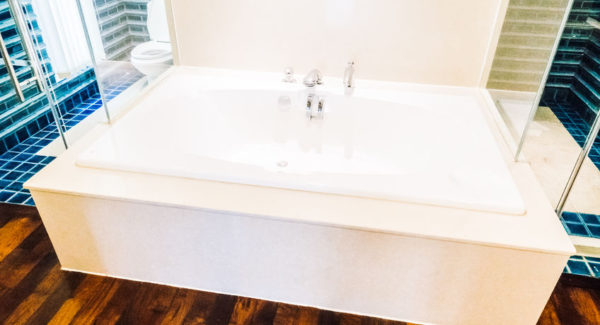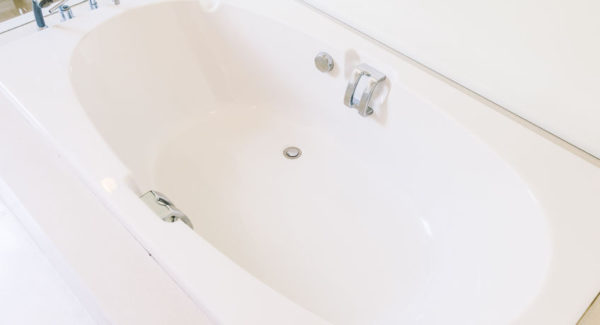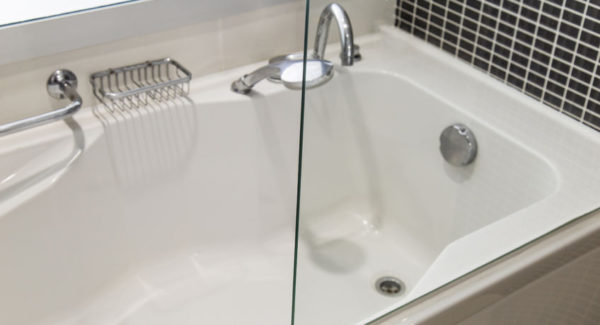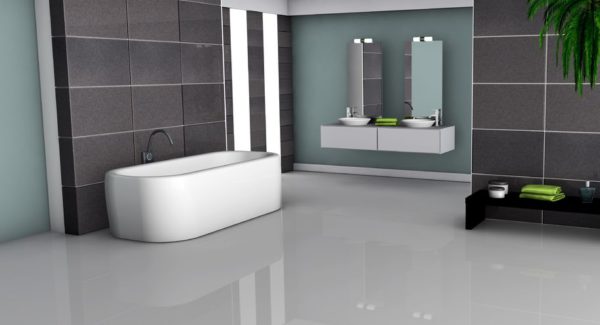We specialize in resurfacing and repairing cast iron, pressed steel, fiberglass and plastic baths along with shower trays, sinks and washbasins. Our highly trained technicians providing the highest quality resurfacing service to our clients.
We provide great services
What We Do
Bath resurfacing
If your bath always looks dirty or worn and is rough to the touch, scratched or badly chipped, or perhaps the colour is no longer right!
Bath chip repair
We can do invisible repairs on baths, shower trays and sinks. Vitreous enamel, pressed steel, porcelain, mineral loaded polyester or plastic can all be handled.
Bath enamel polishing
If your bath is plastic cast iron or pressed steel and is in fairly good condition, we can restore it to a shiny finish without re-enamelling
Bath chemical cleaning
By providing a clean, lime scale, germ and mould free surface! The bottom line is a clean and well-maintained bathroom that will be free of any of these!
Bath re-siliconing
The caulking around your tub, shower, sink, is a vital piece of protection against water damage.
Other bath re-surfacing
This service includes your bath, sink, shower tray to have a new enamel surface applied to it.
About Us
We specialize in resurfacing and repairing cast iron, pressed steel, fiberglass and plastic baths along with shower trays, sinks and washbasins.
Our staff consists of highly trained bath resurfacing technicians, providing the highest quality resurfacing service to our clients.
Every job is finished with the up-most professionalism and covered by a 5-year warranty.
We cover mainly the greater London, south east and south west areas as well, so where ever you are please feel free to contact us.
Our aim is to get the job done and leave you with 100% satisfaction!
If You have any questions, feel free to contact us!
FREQUENTLY ASKED QUESTIONS
- Will resurfacing, re-enameling take care of chips and other damage?
-
Chips, cracks and other damage in the original surface should always be repaired before resurfacing. The area is filled to match the contour of surrounding area. Different repair materials are used, depending on the original surface. For instance the materials used to repair porcelain is different from that used on an acrylic surface.
- Wath can be resurfaced?
-
Many material types can be resurfaced using variety of preparation and bonding methods followed by a top coating system suited to the intended use: porcelain, ceramic, tile, cultured marble, gel coat, pressure laminates, metals, acrylic vitreous, china vitreous and enamel. Most hard surfaces in the bathroom and kitchen can be resurfaced: baths, basins, shower trays, WC, bathroom fittings.
- Can colour be changed or matched?
-
No matter what the original colour, it can be changed. The professional refinisher has specialized tints that enable the matching and mixing of almost any color.
- What is covered by a warranty?
-
The warranty covers general loss of adhesion or any other coating failure that can be attributed to workmanship of materials for a period of 5 years. It does not cover accidental damage misuse or failure of any substrate.
- How long does it take to resurface, re-enamell a bath?
-
Professional resurfacing can produce a stunning makeover in just 1 day and at less than half the cost of the renovating alternative.The new surface is warranted against loss of adhesion for 5 years.
- How long should the resurfaced bath last?
-
A properly maintained surface should provide many years of service and enjoyment for the consumer. In the residential field the lifetime that might be expected is between 5 and 15 years depending on cleaning standards, avoidance of accidental damage and misuse. In the hotel industry the period is between 4 and 7 years depending on a daily cleaning standards the level of wear and tear and misuse.

